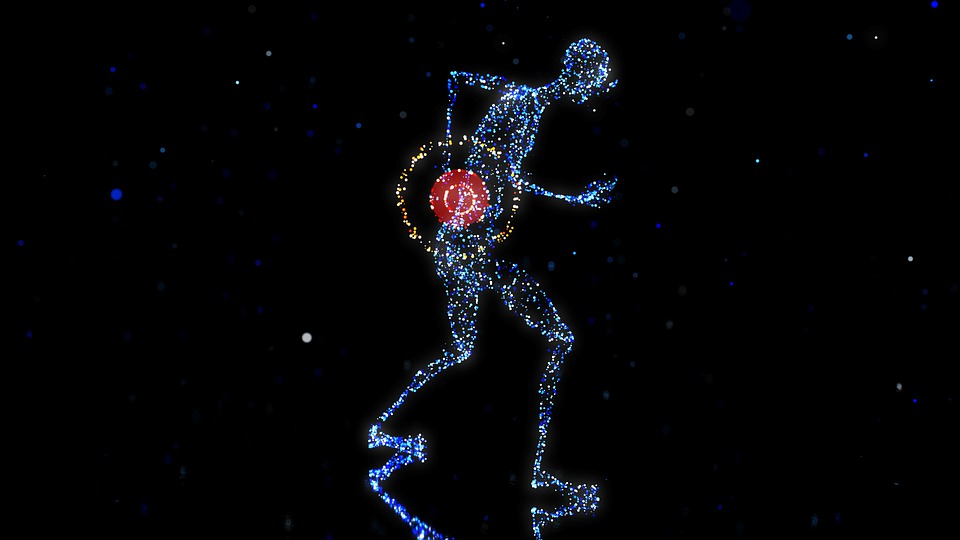Sciatica is a nerve pain condition that is a result of pinching, compression, inflammation, or irritation of the sciatic nerve. It is also referred to as nerve root or radicular pain. The sciatic nerve is a major nerve of the lower limbs and the largest nerve in the body, measuring as much as 2cm wide. It starts at the lower back and radiates through the buttock area into the leg, ending at the foot.
The pain that occurs with a bout of sciatica can manifest at any point along the nerve. It can have a sudden or slow onset, with the pain level varying. It can occur as a mild pain or be an intense burning sensation. The pain also tends to only affect one side of the body at a time and can feel even worse when the person sits for a long time, sneezes, or coughs.
Most cases of sciatica are related to the occurrence of a herniated or slipped disk that presses on the nerve root. However, this condition will often resolve itself on its own and with self-care treatments. More severe cases that are recurrent may however require a visit to the doctor and a referral to a physiotherapist or osteopath for physical therapy.
It is advisable to not ignore chronic bouts of sciatica as the condition can in rare cases result in Cauda equina syndrome. This is a severe back condition that can lead to permanent disability.
Generally, you can expect sciatica to improve within 12 weeks. However, depending on the severity of the condition, some people may experience the coming and going of the condition for up to a year before it settles.
Also, note, that some factors can affect your recovery, including quality of sleep, stress and anxiety, and emotional well-being.
Signs that you may be suffering from sciatica
Symptoms that may indicate sciatica can vary widely. They, however, generally occur in areas where the sciatic nerve is passing. So, from the lower back and down into the leg and foot. Signs of sciatica may include:
- Lower back pain.
- Leg pain that feels worse than back pain.
- Pain that is limited to the lower back, buttock and leg that is on just one side of the body.
- Pain or numbness deep within the buttock area.
- Tingling sensations like pins and needles.
- The feeling of an electric shock that shoots down one leg.
- Sharp burning or prickling feeling.
- Numbness.
- Pain that increases with movement but reduces when you lie down.
- Weakness in one leg that can cause you to fall when standing up from a seated position.
- Loss of bladder or bowel control.
- Muscle spasms in the back.
- A change in sensation in the leg or foot that is hard to describe.
This diverse array of symptoms means that you will need to consult your doctor for an accurate diagnosis. Your doctor will need you to describe your symptoms and undertake a physical exam. The physical exam will be to check on your range of movement and strength.
Your doctor will likely prescribe remedies such as pain medication, adopting an active lifestyle, gentle exercise, and modifying your activity to help recovery. It can take a long time to build up your pain tolerance and ease the pain so being consistent and patient will help.
Common risk factors for sciatica
While sciatica is a common condition, certain risk factors can increase the likelihood of becoming a sufferer.
- Injury to the spine or lower back – this can increase the risk of vertebrae becoming misaligned and pressing on the sciatic nerve
- Being overweight – carrying excess weight puts more pressure on the spine as it struggles to counter the weight being carried in the front. This action can lead to back strain and other problems to your vertebrae that may affect the sciatic nerve.
- Normal ageing – as we age, there is the normal deterioration or wearing down of bone tissue and discs. This can result in nerves being pinched or compressed, causing sciatica.
- Weak core – when the muscles in your abdomen and back are weak, the spine has less support than it needs. This can weaken the spine and make it more vulnerable to injury and strain that will lead to sciatica.
- Poor posture – mostly when it comes to when exercising. Having poor form when weight training can make even active people likely to suffer sciatica.
- Osteoarthritis – this condition can cause damage to the spinal column, making the nerves that pass through and radiate from here more likely to be injured.
- Smoking – nicotine from tobacco can cause damage to spinal tissue, nerves, and weaken bones. This can lead to an increased risk of sciatica.
- Pregnancy – pregnant women will often suffer from sciatica due to the release of certain hormones that cause ligaments to loosen. This loosening action can extend to the spine, causing discs to become unstable and slip. This can lead to pinched or compressed sciatic nerves. The weight gain and movement of the baby can also add to the problem.
If any of these risk factors apply to your situation, then chances are you will have identified the likely cause of your sciatica. Fortunately, the majority of cases can be remedied with lifestyle changes and modifying activities so your pain levels can improve. This is a condition that benefits from being disciplined and patient. Talk to your doctor to find out more and how you can get additional support to manage this condition effectively.


